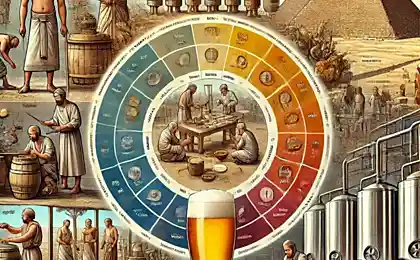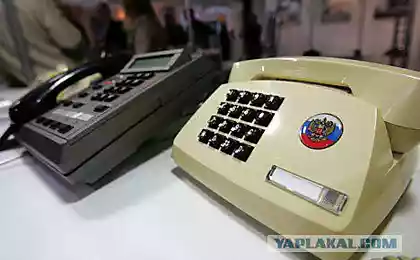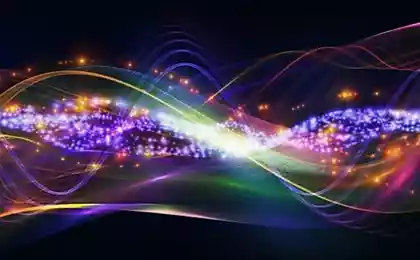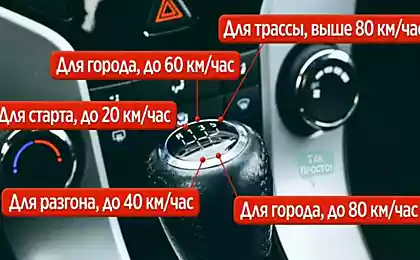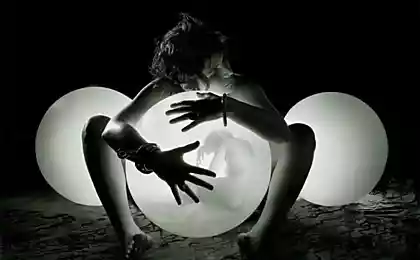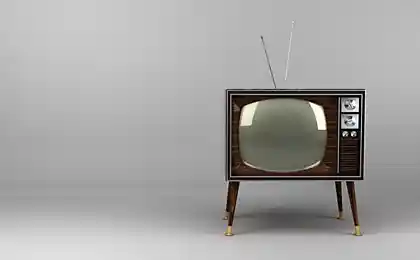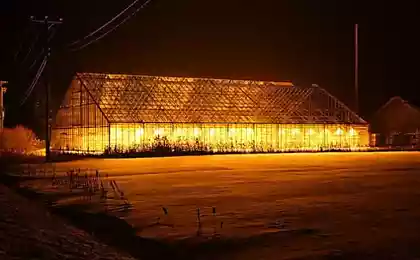431
A bright future for Li-Fi
And the light, and the Internetthe Term Li-Fi, or "light fidelity", was first introduced by German physicist Harald Haas in 2011, showing a led lamp that can be used as a router, distributing the signal.
Li-Fi is VLC technology (Visible Light Communication) — the so-called communication via visible light, allowing the light source in addition to its direct function, also to transmit information. In fact, it originated back in 1880, due to the scientist Alexander Graham bell, who created potion device that could transmit sounds via light in the distance.
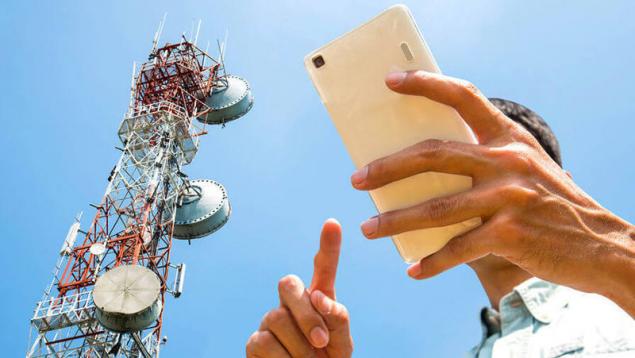
Li-Fi transmits information, using LED LEDs, which flicker at the level of nanoseconds, which makes the process invisible to the human eye.
In 2011, scientists were able to achieve speed of 224 GB/s. This would allow the user to download the 18 films up to 1.5 GB each for one second
but talking about commercial use of Li-Fi is not.
Technology only works at short range, and therefore, the user needs to be close to the signal source. Despite the lack of terms of distances, it is and advantage to Li-Fi more secure from hacking.
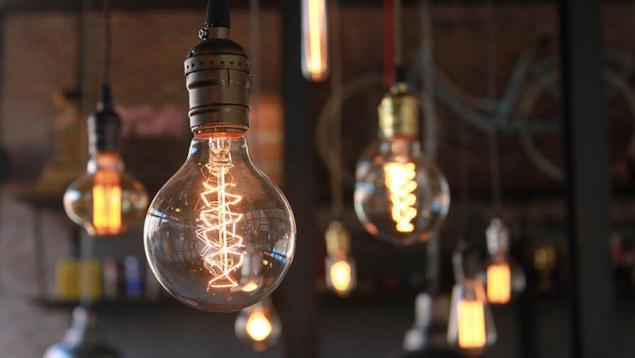
Light does not pass through walls and makes the technology attractive in terms of information security, for example, for use in the office. So, to hack Li-Fi network, a hacker must stand in the immediate vicinity of the light source, and in this situation it will be difficult to preserve their anonymity.
Office for light bulbsIn 2011 Li-Fi was still in the concept stage, startup pureLiFi, developed by Harald Haas continues to evolve.
American research company Grand View Research predicted that
the market of technologies for the transfer of data using light, including Li-Fi, will reach $100 billion by 2024.
In the fall of 2016, it became known that in Paris will open the world's first office, equipped with the technology of Li-Fi. To achieve a result was possible thanks to the cooperation pureLiFi and the company Lucibel, engaged in led lighting.
"This project will be the first of its kind. It uses two-way data transmission using Li-Fi. People will be able to participate in the conference call via Skype, moving from one light source to another, but the connection will not be interrupted," — said in an interview with the Director of business strategy pureLiFi Nikola Serafimov.
Paris is clearly vying for the title of Li-Fi capital of the world — in October, the French company Oledcomm has won the tender to equip the 66 stations of the Paris metro 250 thousand led light sources. However, in this case the technology is not going to provide two way communication for example Wi-Fi, and will broadcast information about the location of specific objects may trains in tunnels.
Apple waitsIn January 2016 before the release of the iPhone 7 in the code of the new version of the iOS operating system was discovered information about the test data transmission technology using light radiation Li-Fi.
If the new smartphone from Apple will receive the support of promising technology, it will be a real breakthrough in the field and contributed to the mass spread it around the world.
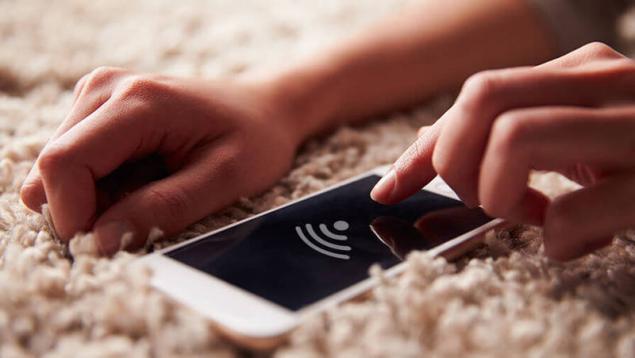
No need to expect that new technology will completely replace Wi-Fi — most likely, they will work together.
Li-Fi will be useless on the street, so public Wi-Fi spots will continue to function. In addition, Wi-Fi is so tightly integrated into modern society that to replace the entire unified wireless standard overnight would be too difficult and expensive.
Creator of technology Harald Haas imagines a future where light and the Internet will distribute the conventional lamp.
"All you have to do is to integrate a small microchip in each light source, and as a result we get a device that will simultaneously perform two basic functions — illumination and data transmission," the scientist said.
In his opinion, in the future the world will see not only have 14 billion light bulbs, but 14 billion of potential sources of Li-Fi signal, which will provide mankind a bright future. published
P. S. And remember, only by changing their consumption — together we change the world! ©
Source: www.gazeta.ru/tech/2017/01/04/10451849/shine_shine_lifi.shtml#page2
Li-Fi is VLC technology (Visible Light Communication) — the so-called communication via visible light, allowing the light source in addition to its direct function, also to transmit information. In fact, it originated back in 1880, due to the scientist Alexander Graham bell, who created potion device that could transmit sounds via light in the distance.

Li-Fi transmits information, using LED LEDs, which flicker at the level of nanoseconds, which makes the process invisible to the human eye.
In 2011, scientists were able to achieve speed of 224 GB/s. This would allow the user to download the 18 films up to 1.5 GB each for one second
but talking about commercial use of Li-Fi is not.
Technology only works at short range, and therefore, the user needs to be close to the signal source. Despite the lack of terms of distances, it is and advantage to Li-Fi more secure from hacking.

Light does not pass through walls and makes the technology attractive in terms of information security, for example, for use in the office. So, to hack Li-Fi network, a hacker must stand in the immediate vicinity of the light source, and in this situation it will be difficult to preserve their anonymity.
Office for light bulbsIn 2011 Li-Fi was still in the concept stage, startup pureLiFi, developed by Harald Haas continues to evolve.
American research company Grand View Research predicted that
the market of technologies for the transfer of data using light, including Li-Fi, will reach $100 billion by 2024.
In the fall of 2016, it became known that in Paris will open the world's first office, equipped with the technology of Li-Fi. To achieve a result was possible thanks to the cooperation pureLiFi and the company Lucibel, engaged in led lighting.
"This project will be the first of its kind. It uses two-way data transmission using Li-Fi. People will be able to participate in the conference call via Skype, moving from one light source to another, but the connection will not be interrupted," — said in an interview with the Director of business strategy pureLiFi Nikola Serafimov.
Paris is clearly vying for the title of Li-Fi capital of the world — in October, the French company Oledcomm has won the tender to equip the 66 stations of the Paris metro 250 thousand led light sources. However, in this case the technology is not going to provide two way communication for example Wi-Fi, and will broadcast information about the location of specific objects may trains in tunnels.
Apple waitsIn January 2016 before the release of the iPhone 7 in the code of the new version of the iOS operating system was discovered information about the test data transmission technology using light radiation Li-Fi.
If the new smartphone from Apple will receive the support of promising technology, it will be a real breakthrough in the field and contributed to the mass spread it around the world.

No need to expect that new technology will completely replace Wi-Fi — most likely, they will work together.
Li-Fi will be useless on the street, so public Wi-Fi spots will continue to function. In addition, Wi-Fi is so tightly integrated into modern society that to replace the entire unified wireless standard overnight would be too difficult and expensive.
Creator of technology Harald Haas imagines a future where light and the Internet will distribute the conventional lamp.
"All you have to do is to integrate a small microchip in each light source, and as a result we get a device that will simultaneously perform two basic functions — illumination and data transmission," the scientist said.
In his opinion, in the future the world will see not only have 14 billion light bulbs, but 14 billion of potential sources of Li-Fi signal, which will provide mankind a bright future. published
P. S. And remember, only by changing their consumption — together we change the world! ©
Source: www.gazeta.ru/tech/2017/01/04/10451849/shine_shine_lifi.shtml#page2
Technique, which will help to cope with anxiety, anger, and anxiety
New metamaterial absorbs electromagnetic energy without heating

